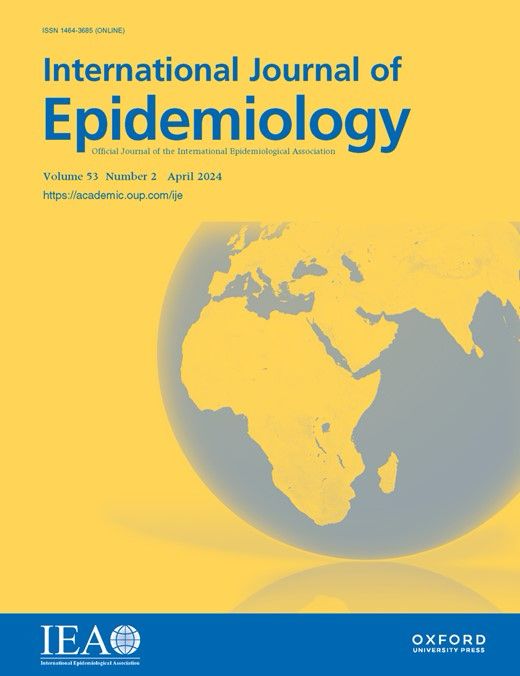In fact, you can use the NYT's exact method to 'prove' a 'Progressive Advantage' of +1.4 pts.
This piece shows what's really going on: funded candidates do better than unfunded ones.

Very interesting stuff!
Link: arxiv.org/abs/2501.16395
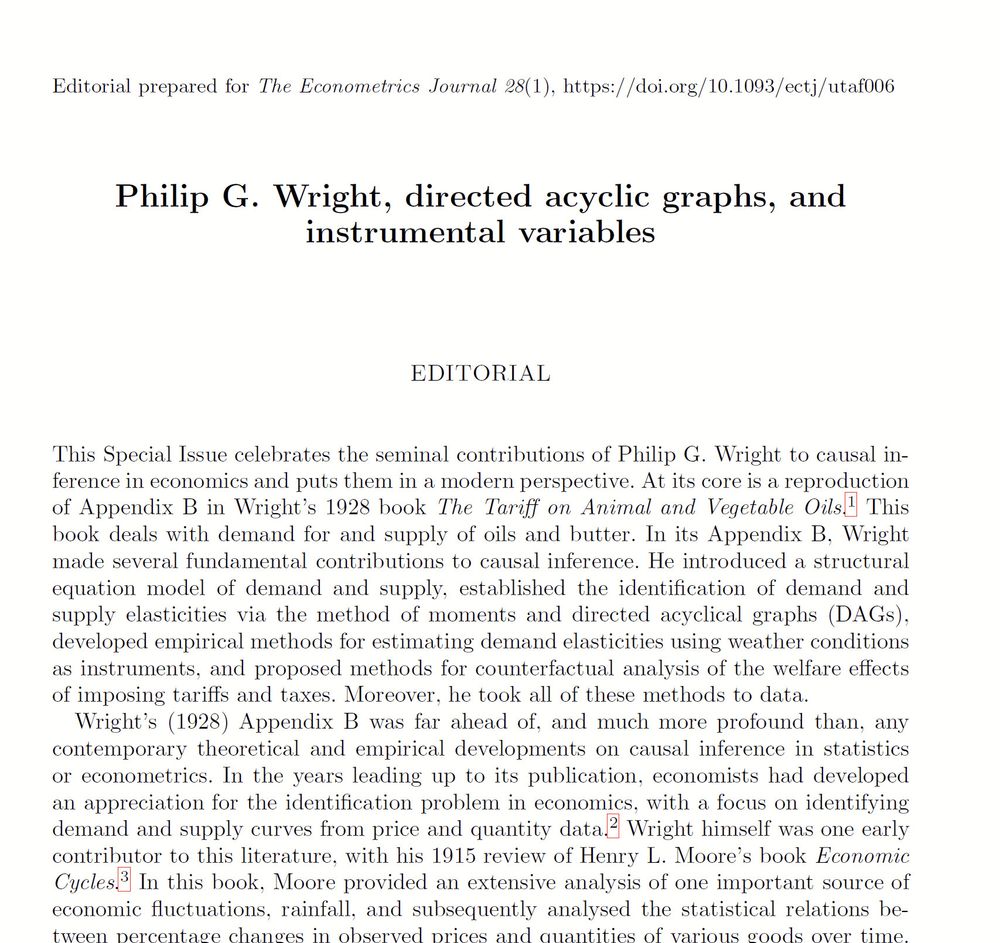
Very interesting stuff!
Link: arxiv.org/abs/2501.16395
01 Introduction: psantanna.com/DiD/01_Intro...
02 Classical 2x2 setup: psantanna.com/DiD/02_two_b...
03 Clustering issues: psantanna.com/DiD/03_Clust...
04 Functional form: psantanna.com/DiD/04_Funct...
05 Covariates: psantanna.com/DiD/05_Covar...
01 Introduction: psantanna.com/DiD/01_Intro...
02 Classical 2x2 setup: psantanna.com/DiD/02_two_b...
03 Clustering issues: psantanna.com/DiD/03_Clust...
04 Functional form: psantanna.com/DiD/04_Funct...
05 Covariates: psantanna.com/DiD/05_Covar...
Led by amazing postdoc Alex Levis: www.awlevis.com/about/
We show causal effects of new "soft" interventions are less sensitive to unmeasured confounding
& study which effects are *least* sensitive to confounding -> makes new connections to optimal transport
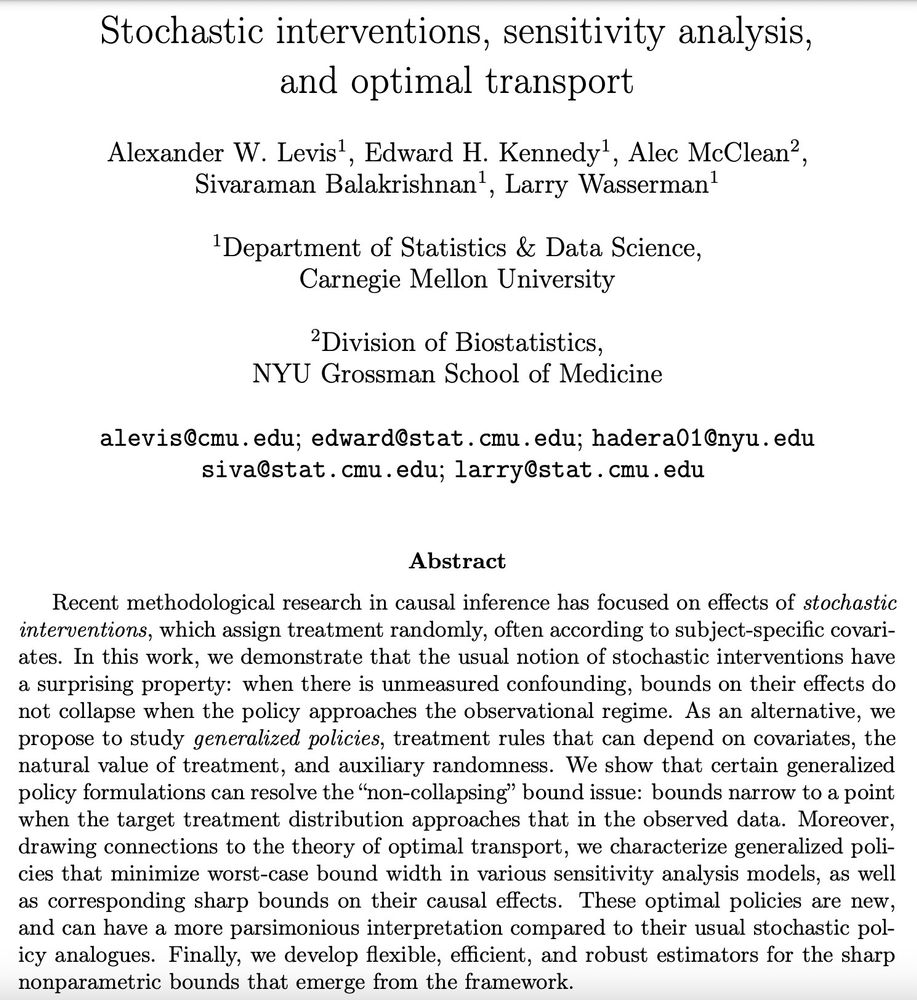
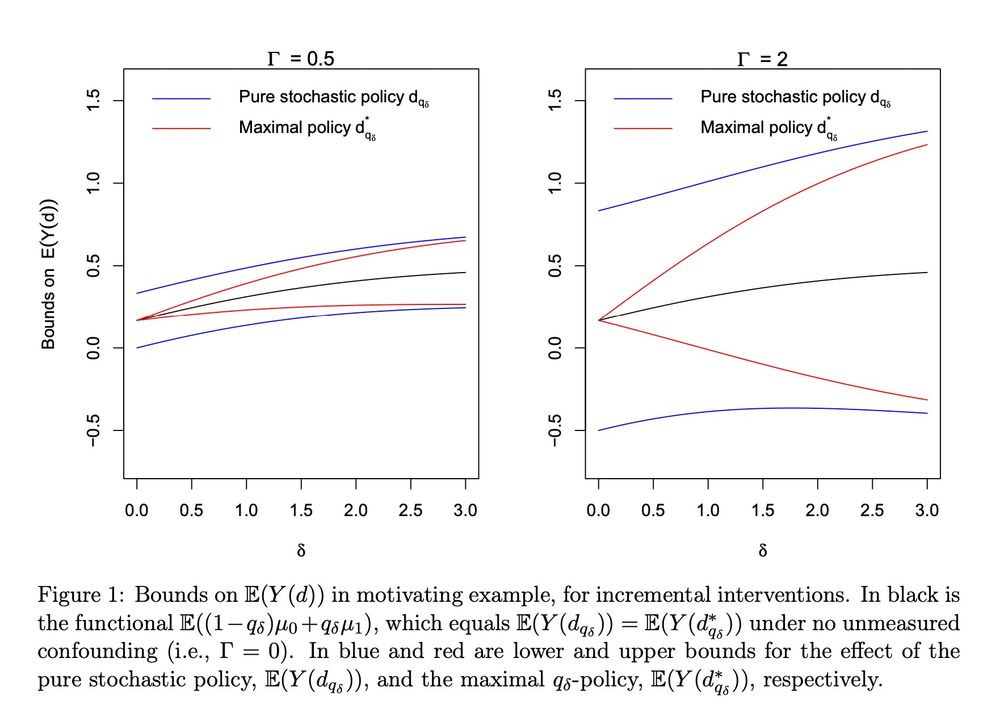

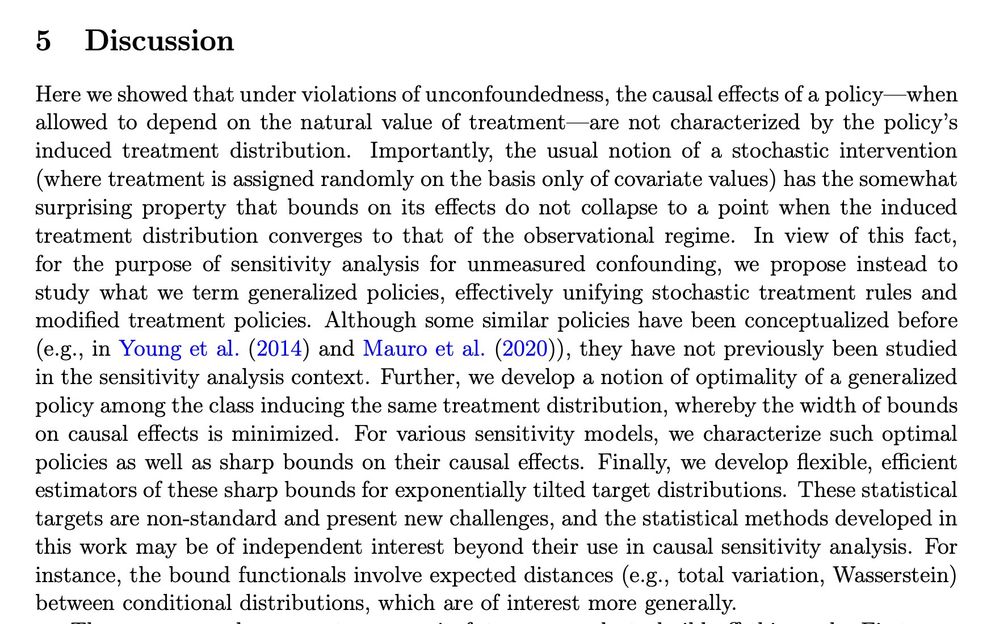
Led by amazing postdoc Alex Levis: www.awlevis.com/about/
We show causal effects of new "soft" interventions are less sensitive to unmeasured confounding
& study which effects are *least* sensitive to confounding -> makes new connections to optimal transport
#causalsky #econsky #episky #statsky
#causalsky #econsky #episky #statsky
go.bsky.app/q6MfWL
go.bsky.app/q6MfWL

hope this passes muster, @paulgp.com ?
github.com/apoorvalal/s...

hope this passes muster, @paulgp.com ?
github.com/apoorvalal/s...
For those curious about Manski bounds and partial identification more generally, a nice review!
Open access: www.annualreviews.org/content/jour...
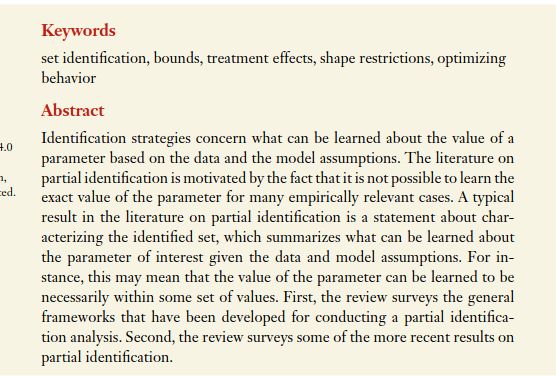
For those curious about Manski bounds and partial identification more generally, a nice review!
Open access: www.annualreviews.org/content/jour...
bsky.app/profile/did:...
bsky.app/profile/did:...
"How Much Should We Trust Modern Difference-in-Differences Estimates?" at osf.io/bqmws
I assess the fit between modern DID-style estimators and real-world data features, and point to approaches for improving inference.
Quick thread ⬇️

First one is obviously this recent book by Peng Ding. Strengths of this book are the focus on statistical inference (randomization, matching, and sensitivity analysis).
I prefer physical copies, but I won't hold it against anyone who prefers electronic versions.

First one is obviously this recent book by Peng Ding. Strengths of this book are the focus on statistical inference (randomization, matching, and sensitivity analysis).
The re-analysis conducted by Rausch & Haidt does not follow a principled statistical approach. I re-do their re-analysis with appropriate statistical methods

The re-analysis conducted by Rausch & Haidt does not follow a principled statistical approach. I re-do their re-analysis with appropriate statistical methods


